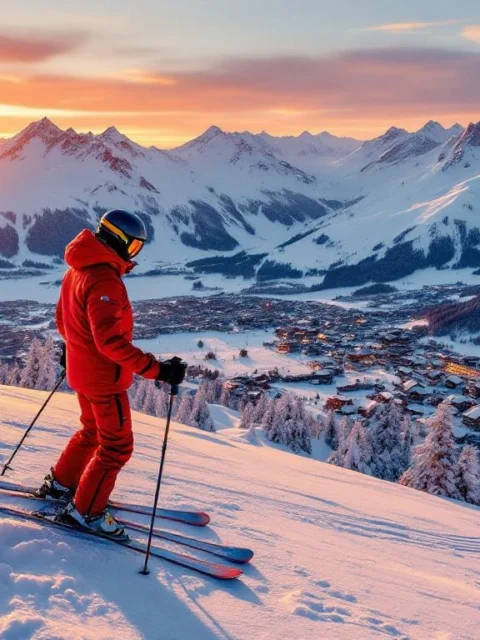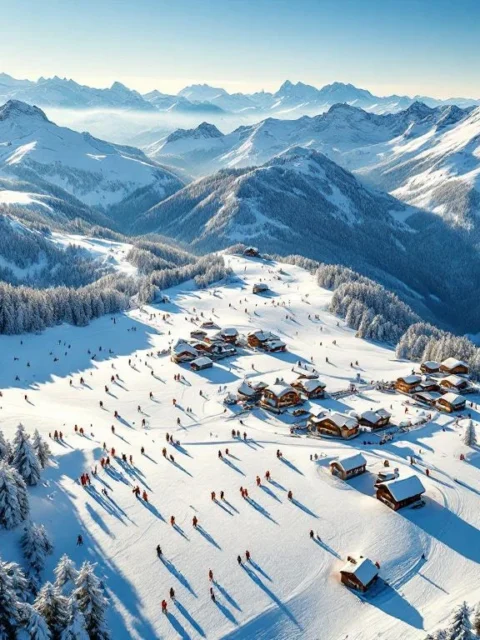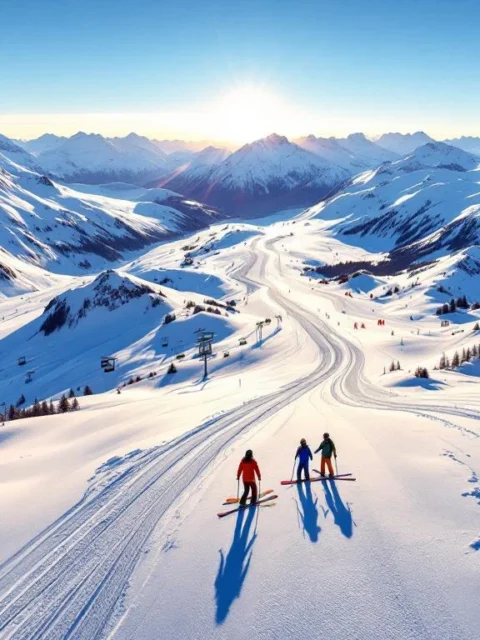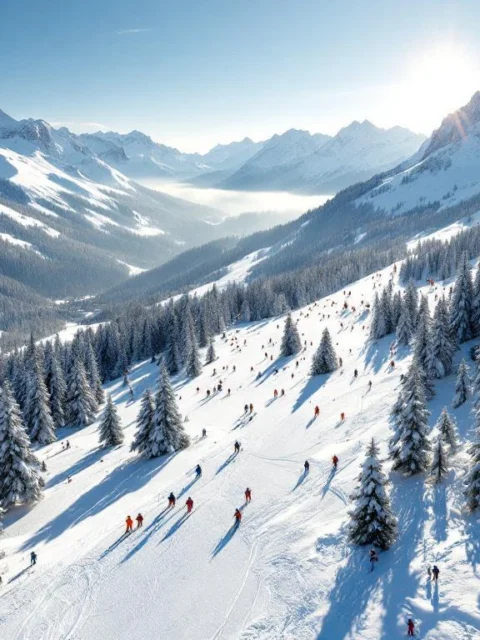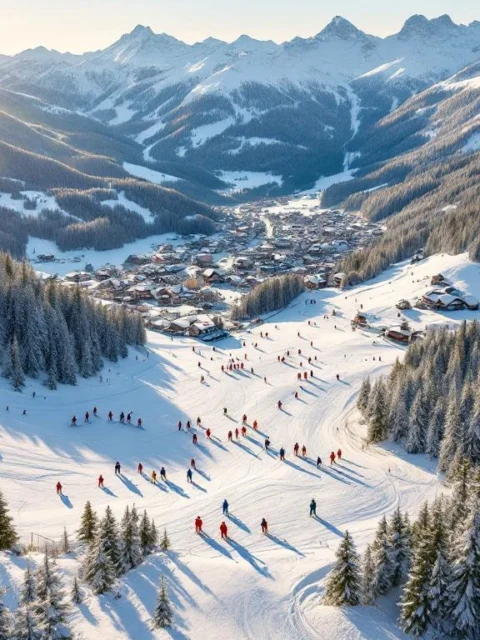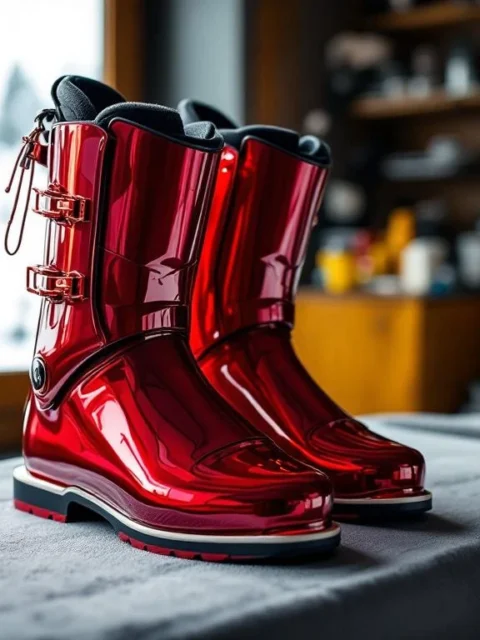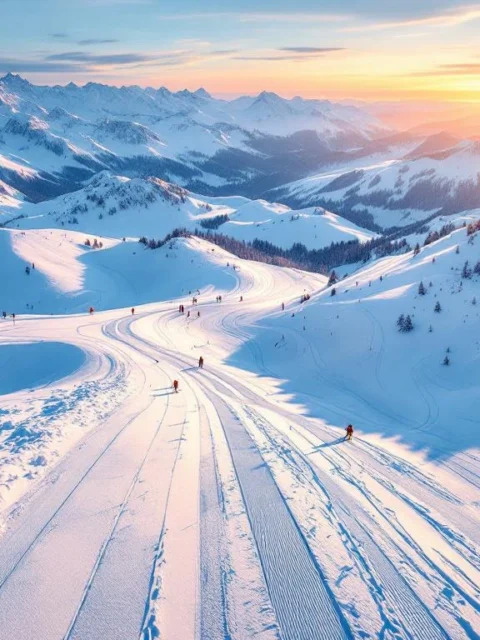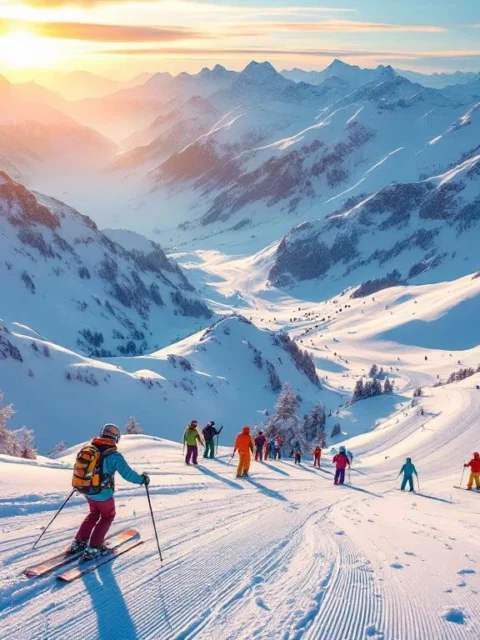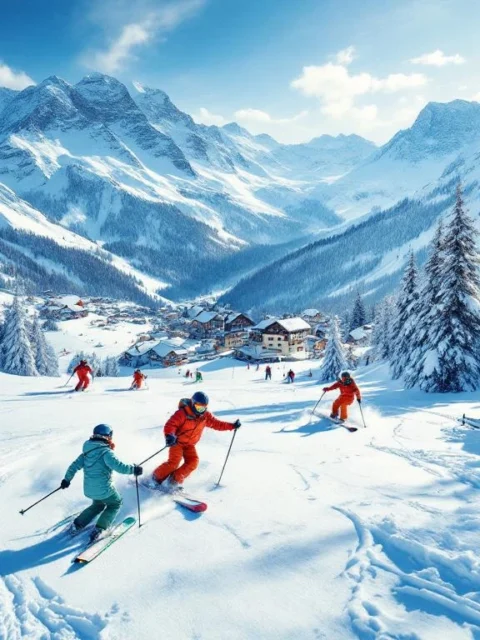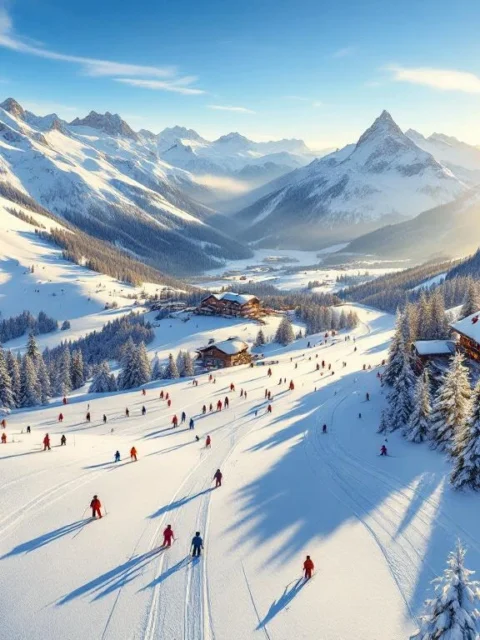What is the best time to ski in Austria?
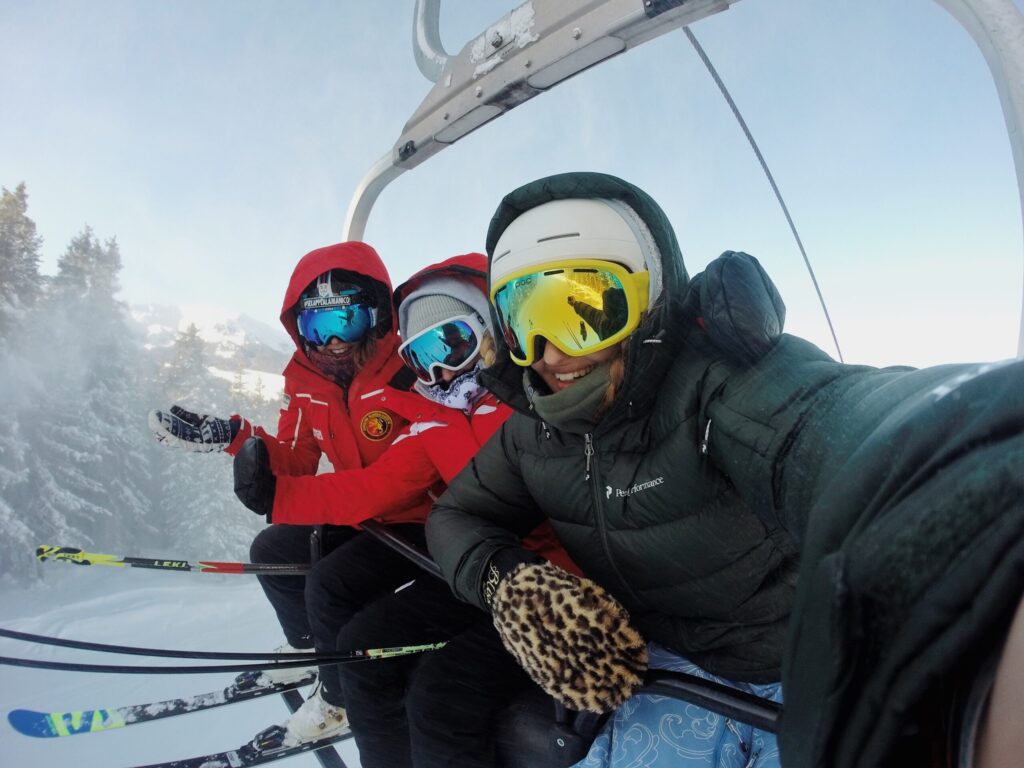
The best period to ski in Austria is from January to March, when you’ll find the most reliable snow conditions and optimal skiing opportunities. These months offer excellent snow security, stable weather conditions and the perfect balance between piste quality and facility availability in all Austrian ski areas.
The Best Ski Period in Austria: A Complete Guide
Choosing the right timing for your ski vacation in Austria can make the difference between an amazing experience and a disappointing trip. Austria offers fantastic skiing opportunities, but various factors influence when you’ll encounter the best conditions.
The timing of your ski vacation in the Austrian Alps depends on multiple elements: snow security, crowded slopes, price levels, weather conditions and availability of ski schools. As powder-spotting snow lovers, we know that every detail counts for that perfect ski experience.
Your preference for quiet slopes or the bustling high season also plays a role. Some skiers enjoy the cozy crowds during school holidays, while others prefer the tranquility of the low season.
When Does the Ski Season Begin and End in Austria?
The Austria ski season officially runs from early December to late April, but this varies greatly by ski area and altitude. High-altitude areas like the Kitzsteinhorn glacier often open as early as October.
Lower-altitude ski areas in Tyrol and Salzburg usually start in mid-December, depending on natural snowfall and artificial snow production. Most Austrian ski areas close between mid-April and early May.
Glacier ski areas like Hintertux and Stubai offer skiing opportunities year-round. These areas are perfect if you want to ski outside the traditional season or refine your techniques.
Which Months Offer the Best Snow Security in Austria?
For optimal snow security in Austria, January, February and March are your best choices. These months combine sufficient natural snowfall with stable temperatures for maintaining snow quality.
December can be variable, especially in lower-altitude areas. Artificial snow systems do provide base coverage, but quality varies. April often still offers excellent conditions in high-altitude areas, with the bonus of longer days and sunnier weather.
| Month | Snow Security | Conditions | Suitable For |
|---|---|---|---|
| December | Moderate | Variable | Artificial snow areas |
| January | Excellent | Cold, dry | All levels |
| February | Excellent | Stable | All levels |
| March | Very good | Milder, sunny | All levels |
| April | Good | Mild, variable | High-altitude areas |
What Are the Pros and Cons of Skiing in High Season Versus Low Season?
High season (Christmas holidays, February spring break) offers guaranteed open facilities and a bustling atmosphere, but at higher prices and with more crowds. All restaurants, bars and après-ski locations are fully operational.
Low season periods (January, March outside holidays) mean lower costs, shorter lift queues and more space on the slopes. Perfect for those seeking tranquility and wanting to save budget.
The downside of low season can be that some facilities have limited opening hours. Certain restaurants or activities may be closed, especially in smaller ski areas.
How Does the Best Ski Period Differ by Austrian Ski Area?
Different Austrian ski areas each have their optimal period. Tyrol, with areas like Innsbruck and Sölden, offers excellent conditions from December to April thanks to high altitude.
The Salzburg region, including Zell am See-Kaprun, has its best period from January to March. The combination of glacier skiing and valley skiing offers variety for all levels.
Vorarlberg, with Lech-Zürs and Montafon, is known for reliable snowfall and excellent conditions from December to April. This western region often catches the first snow showers.
Why Is Timing Important When Booking Ski Lessons in Austria?
The winter sports Austria timing directly affects the availability and quality of ski lessons. During peak periods, the best instructors sell out quickly, and group sizes can be larger.
January and March outside school holidays offer ideal learning conditions: smaller groups, more personal attention and better availability of experienced instructors. Lesson prices are also more favorable.
When comparing ski schools via platforms, you can see how availability and prices fluctuate by period. Early booking during optimal periods ensures the best choice of instructors and time slots.
Your Perfect Ski Timing in Austria: Key Considerations
Your ideal best period for skiing in Austria depends on your priorities. For families with school-age children, the spring break weeks are ideal, despite higher costs and crowds.
Experienced skiers seeking powder and tranquility will find the best conditions in January. The combination of fresh snow, empty slopes and excellent visibility makes this month perfect for first-track hunting.
Also consider your budget, desired activities besides skiing, and weather preferences. March often offers the best balance: good snow, sunnier weather, longer days and reasonable prices. With more than 250 ski schools spread across the Alps, you can always find the perfect match for your ideal ski timing.


